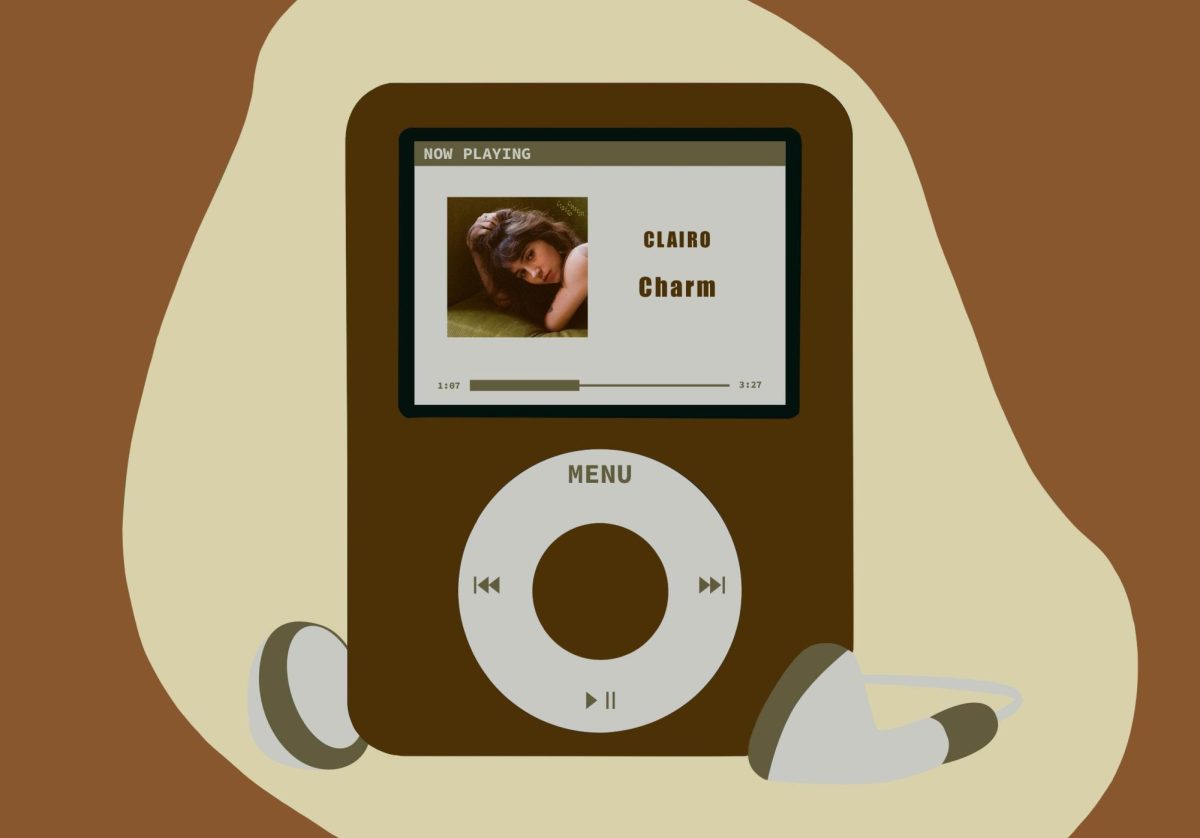Our memories are defined by photographs. When we think back to childhood, what we looked like, what are parents and friends looked like, usually we see images from photos.
With cameras now digitized and combined with cell phones, taking pictures is a more widespread activity than ever. Pictures no longer are reserved for special moments or memories, they happen at practically any outing. And pictures do not exist only in photo albums; they’re flaunted on the Internet, on Facebook and MySpace, on blogs and even sites specifically designed for posting photos.
Photos serve as documents of our lives, a representation of ourselves at a particular place and time. But while photography has been regarded as an objective medium, how revealing and truthful are photos? As soon as someone holds up a camera, we pause our routine or activity for a pose.
Diane Arbus’ photos go beyond the capabilities of a regular photo, not so much for her techniques, but for her ability to capture a seemingly genuine moment.
Focused primarily on Arbus’ work in the late 1950s up to the early 1970s, the “Revelations” exhibit at the Walker not only displays some of Arbus’ most well-known photos, it looks at her scrapbooks, diaries, letters and personal photos to better understand the wonderment of her work.
Arbus’ intent for taking pictures was simple. She wished to document the present. “What is ceremonious and curious and commonplace will be legendary,” she wrote for an art application. Her style therefore is less characterized by an aesthetic appeal and more for a documentary frankness. Most of her subjects sit in the center of the frame and look directly at the camera. The straightforwardness of her photos evokes the ordinary and everyday use of photography through history – there’s a similar symmetry to the classic family photo. But instead of capturing idealized moments with calculated smiles, Arbus finds her subjects’ vulnerabilities.
This is what turns Arbus’ photographs into art. Arbus often sought the people in her photos from reading about them in newspapers or hearing about them through friends. Even with the subjects she found by chance encounters in New York City, she spent time getting to know them and earned their trust. She was able to convince her subjects to share their intimate moments. Some of Arbus’ best work comes from her shots of female impersonators either putting on their costume or disrobing.
Whether it’s the characters on the fringes of society – the transvestites, carnival side shows and nudists – or middle-class families, Arbus reveals our flaws and beauties.
Arbus wrote that through her pictures she wanted to show what she called the “gap between intention and effect.” The way people try to display themselves is different than what others see.
While photographs have been a crucial part of our understanding and memory the world, rarely do they question our perceptions. Arbus’ explorations with her camera document the oddities, curiosities and complexities of her subjects – and us.
















